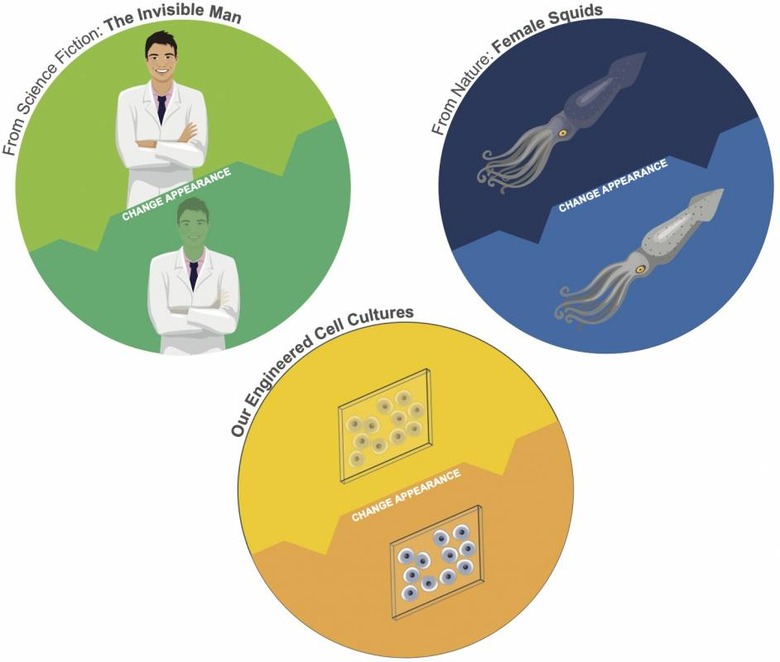UCI Researchers Create Human Cells With The Transparency Of A Squid
Researchers from the University of California, Irvine, have made a breakthrough with a bio-inspired research project that they say is the first step towards intrinsically translucent tissue. The team was inspired by octopuses, squids, and other sea creatures that can disappear by using specialized tissues in the body to manipulate the transmission and reflection of light. The scientists have been able to engineer human cells that have similar transparent abilities.The scientists on the project have endowed mammalian cells with tunable transparency and light scattering characteristics. The project focused on designing and engineering cellular systems and tissues with controllable properties for transmitting, reflecting, and absorbing light. The goal is to explore how cephalopods' color-changing capabilities can be mimicked to develop unique technologies to benefit people.
So far, the bioinspired research has led to breakthroughs in infrared camouflage and other advanced materials. In the study, the team drew inspiration from the way female Doryteuthis opalescens squids can evade predators by dynamically changing a stripe on their mantle from nearly transparent to opaque white. The team took some of the intracellular protein-based particles involved in the biological cloaking and devised a way to introduce that into human cells.

The goal was to test if the light scattering powers could be transferred to other animals. The team cultured human embryonic kidney cells and genetically engineered them to express reflectin. The protein assembled into particles in the kidney cells' cytoplasm in a disordered arrangement. The structures were able to cause the cells to change their scattering of light.
The team says that they were "amazed" to find that the cells not only expressed reflectin but packaged the protein in spheroidal nanostructures and distributed it through the cell body. The result of the research was human kidney cells that optically behaved almost as they do in the native cephalopod leucophores. The team says that the project shows it's possible to develop human cells with stimuli-responsive optical properties.
